Solana is quickly becoming a preferred blockchain for financial institutions following the recent launch of PayPal USD on its network, showcasing its scalability and efficiency.
Financial Institutions Turn to Solana for Future-Proofing as PayPal USD Expands Network Integration
According to Cointelegraph, Solana, which ranks fourth in total value secured (TVL), is emerging as a frontrunner in institutional adoption.
As an effort to "future-proof" their offerings, an increasing number of financial institutions will integrate with the Solana blockchain, according to Robinson Burkey, co-founder and chief commercial officer of Wormhole Foundation.
Burkey wrote in a note to Cointelegraph regarding research:
"Solana and institutions make sense. Industry leaders like PayPal, Stripe, and Visa must future-proof their offerings. The best way to do that is by meeting their most forward-thinking users on the platforms they're adopting. You'll likely see many more institutional moments for Solana in the coming years."
With the May 28 expansion of its PayPal USD stablecoin to the Solana network, PayPal made its initial foray outside the Ethereum ecosystem onto a blockchain.
Through the integration, Solana users can execute low-cost transactions on the network utilizing PYUSD, thereby expanding the stablecoin's applicability to routine expenditures.
Visa, a multinational payments corporation, introduced USD Coin on the Solana blockchain in September 2023. This network became the second to support the stablecoin, following Ethereum.
Solana's Scalability and Low Costs Drive Institutional Adoption, Positioned for Potential ETF Launch
Solana is among the blockchain networks with the most excellent scalability, capable of processing massive volumes of transactions.
Solana exhibits a theoretical throughput of 65,000 transactions per second (TPS) and a mean transaction cost of $0.0025, surpassing Ethereum's 15 TPS and considerably elevated gas fees (which commence at $1 but escalate to $50 during network congestion).
Based on the writing of Ran Goldi, vice president of payments at Fireblocks, Solana's infrastructure can effortlessly incorporate the current operations of conventional payment institutions, thereby increasing institutional adoption.
"With confidential transfers, a basic payment requirement for large-volume processors, we will see additional names adopting the blockchain into their flows. The key, as I see it, is making sure your blockchain can support the "under the hood" payment requirements for compliance, regulation, and privacy."
Goldi added that the addition of a feature for confidential transfers could enable Solana to secure even more institutional partnerships:
"Doing that, plus speed and vast liquidity, [Solana] can become a sharp tool in the hands of payment institutions."
According to DefiLlama data, Solana is the fourth-largest blockchain network, with over $4.7 billion in TVL, or 4.49 percent of the total TVL across all blockchains.
Tristan Frizza, the founder of Zeta Markets, predicts that Solana could become the next cryptocurrency to receive a spot exchange-traded fund (ETF) and increase institutional adoption.
In a note that she shared with Cointelegraph, Frizza wrote:
"Solana is seen as one of the 'big three' cryptos alongside BTC and ETH, with many analysts expecting a Solana ETF soon. With major partnerships like Visa, Stripe, Shopify Pay, and PayPal, merchant and institutional adoption of Solana is likely to grow."
In January, hopes for an ETF based on Solana were initially ignited when Franklin Templeton, a trillion-dollar asset manager, lauded Solana's monolithic approach to blockchain scaling, describing it as a "powerful use case of decentralized blockchains," as reported by X on January 17.
Brian Kelly, a CNBC Fast Money trader and crypto investor, hypothesized that Solana might be the subsequent cryptocurrency to receive a spot ETF in the United States.
Photo: Microsoft Bing





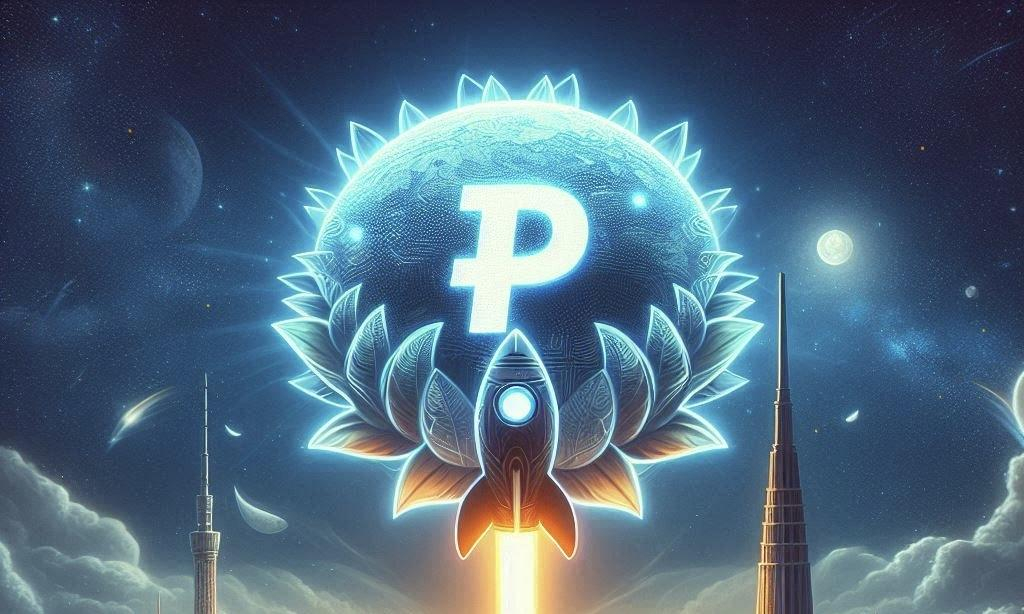

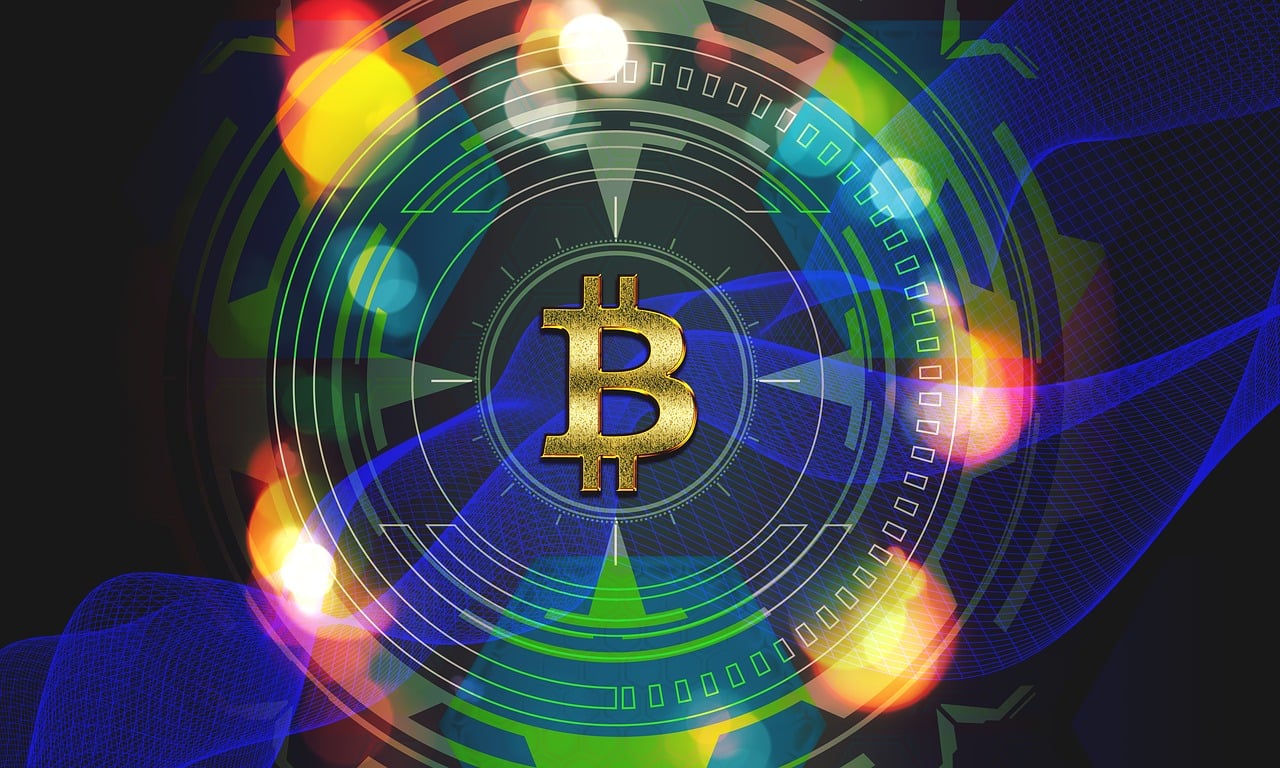
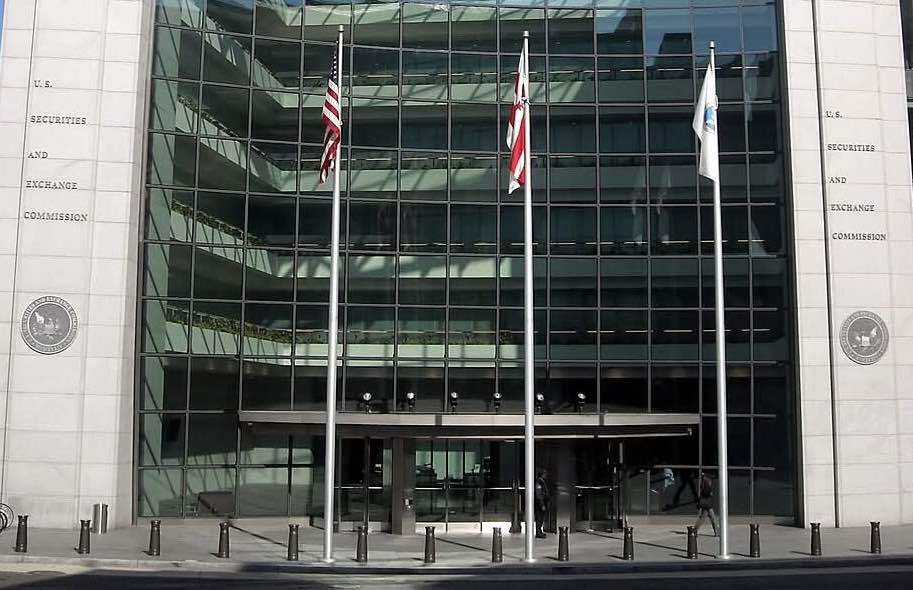
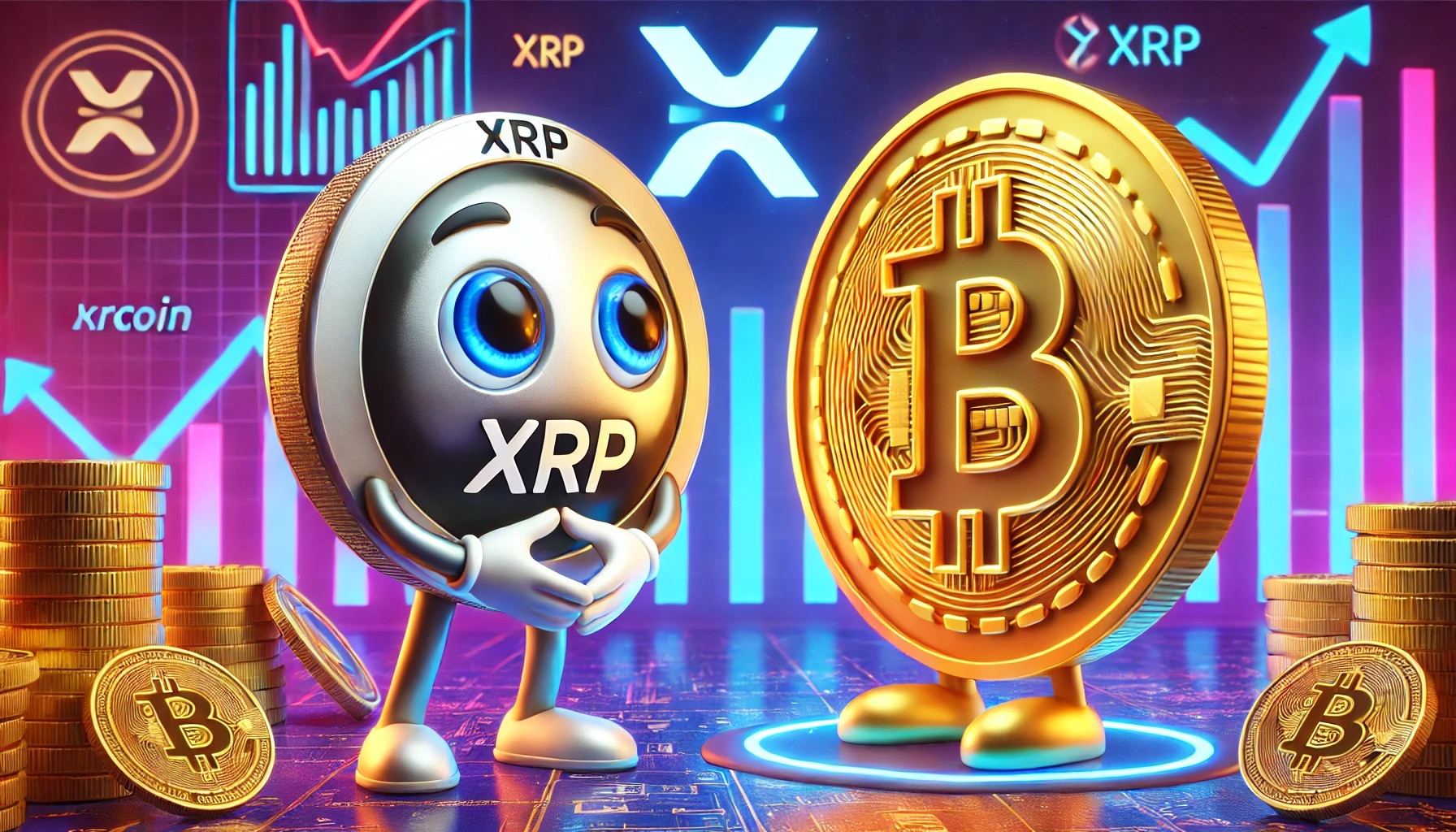
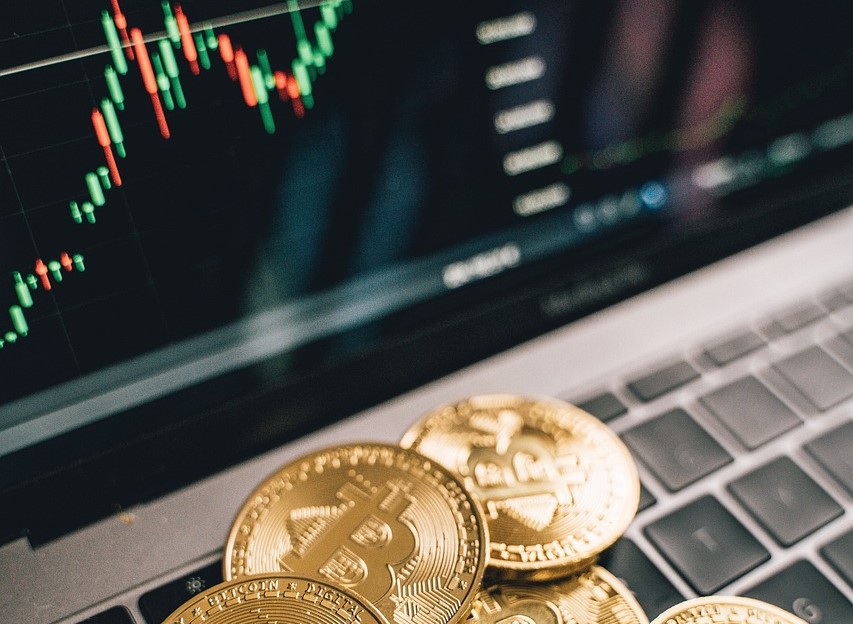

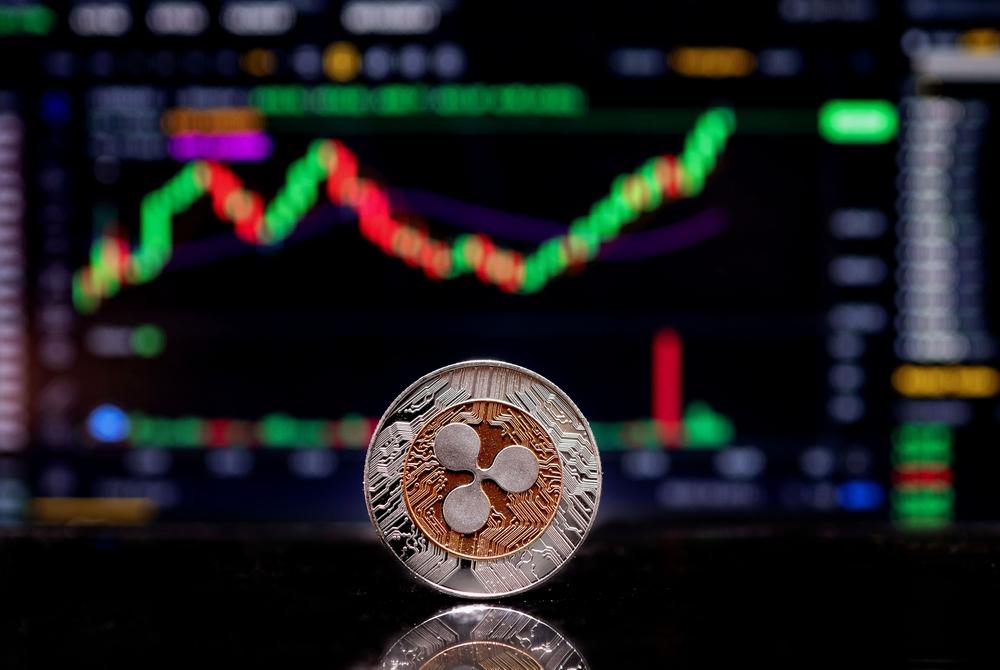
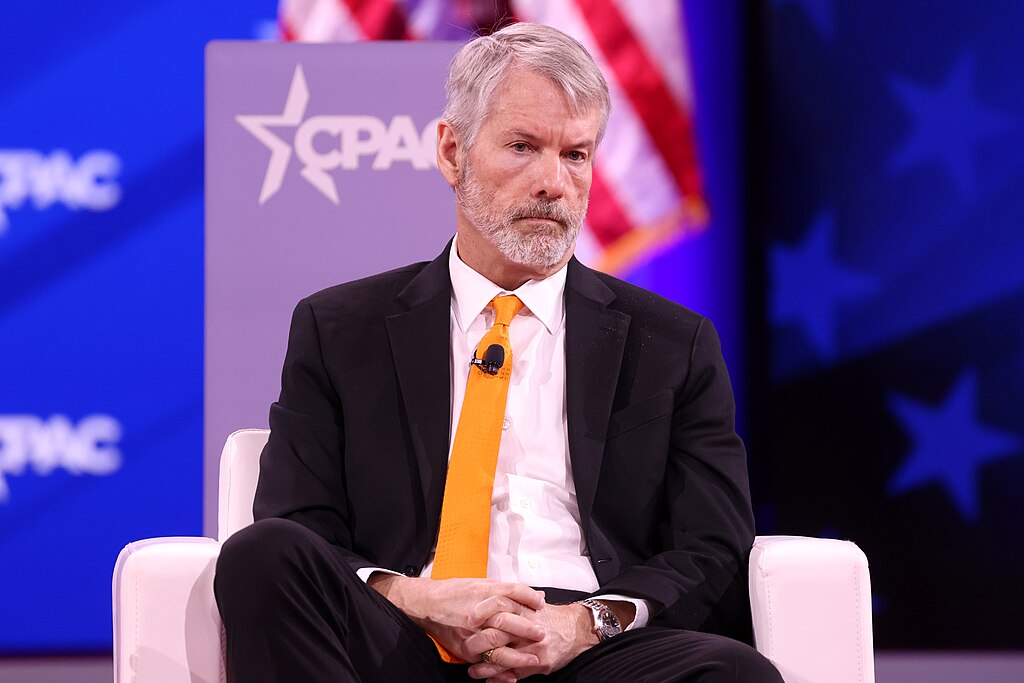
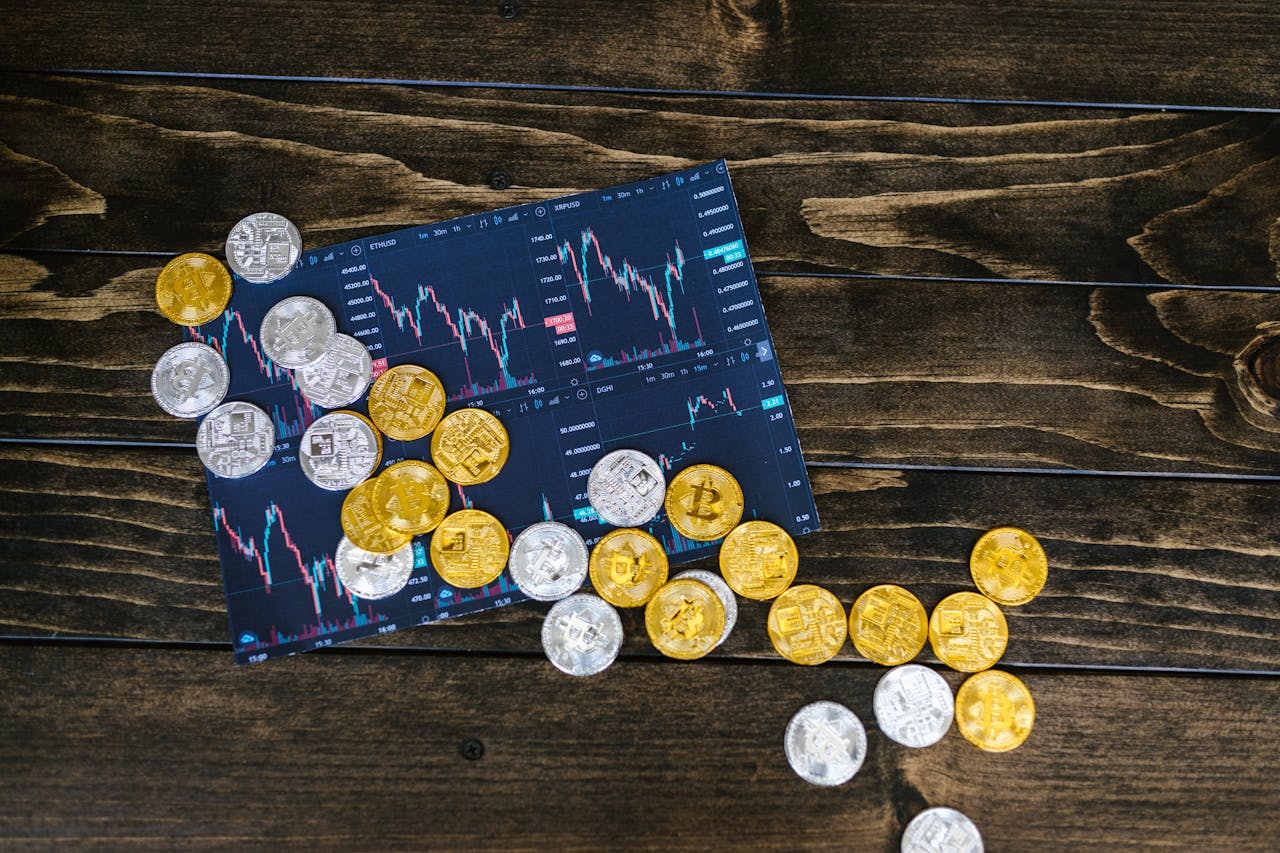
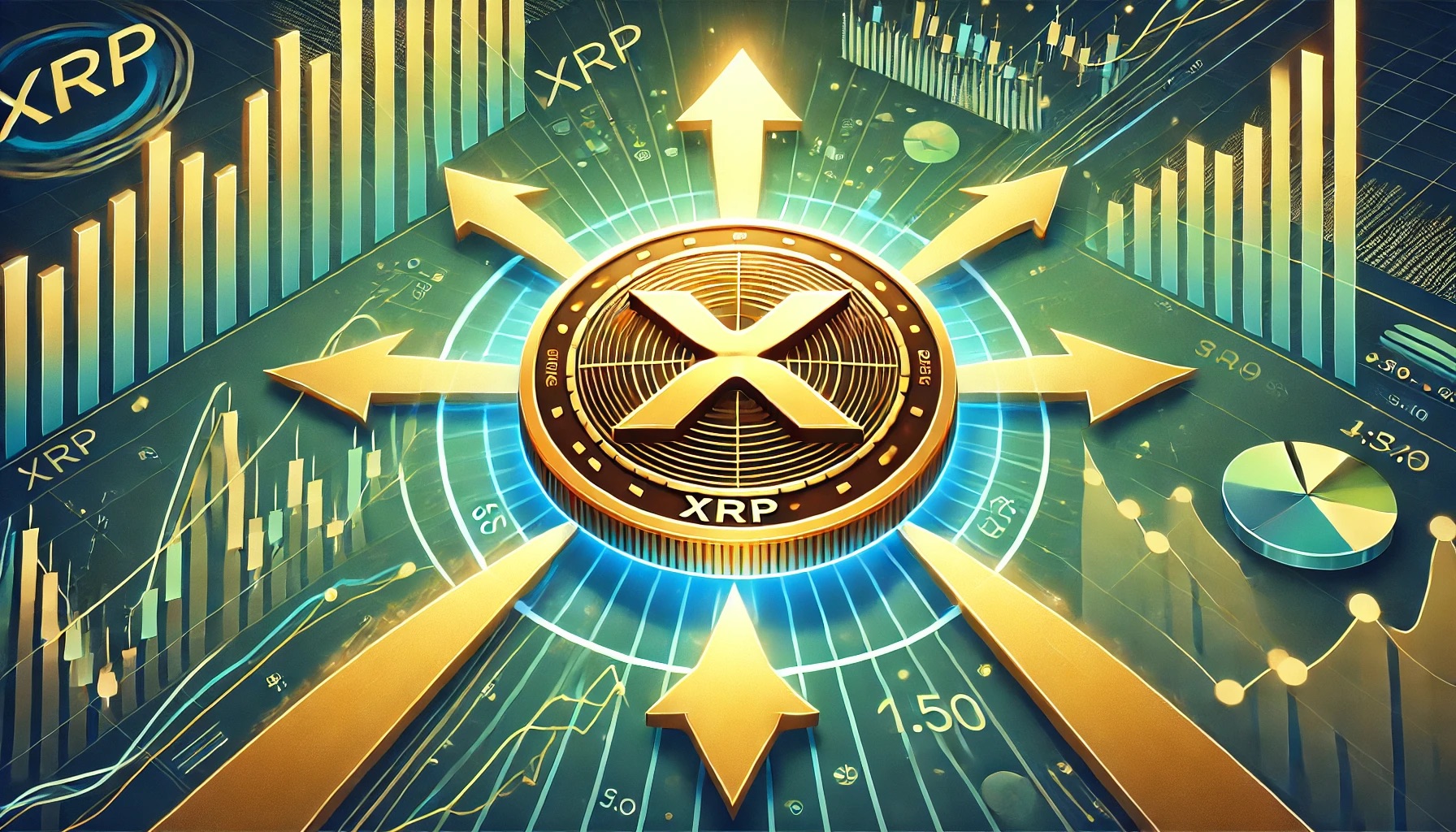
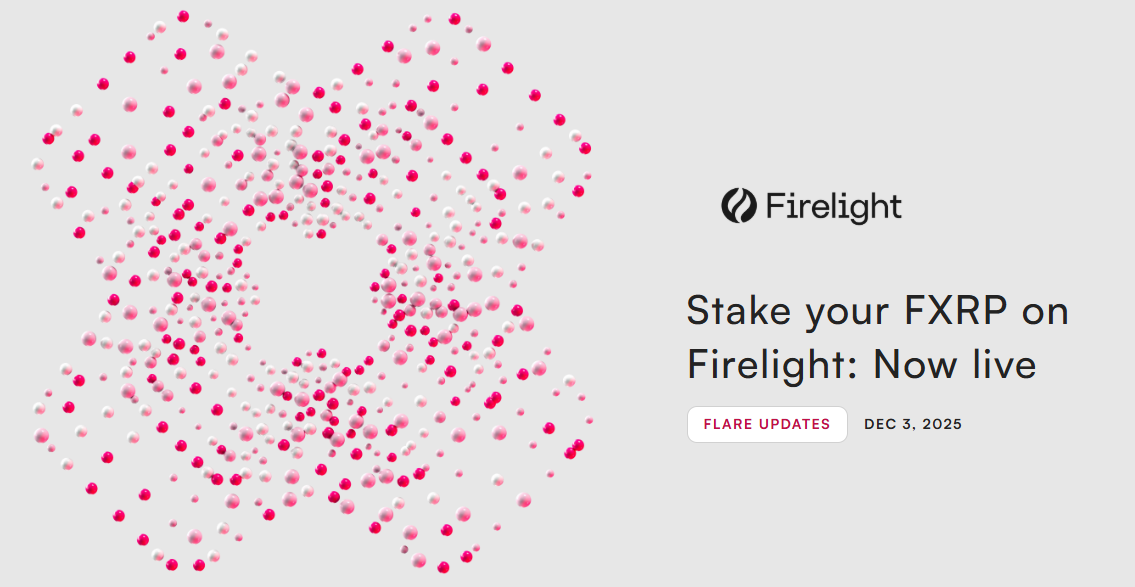




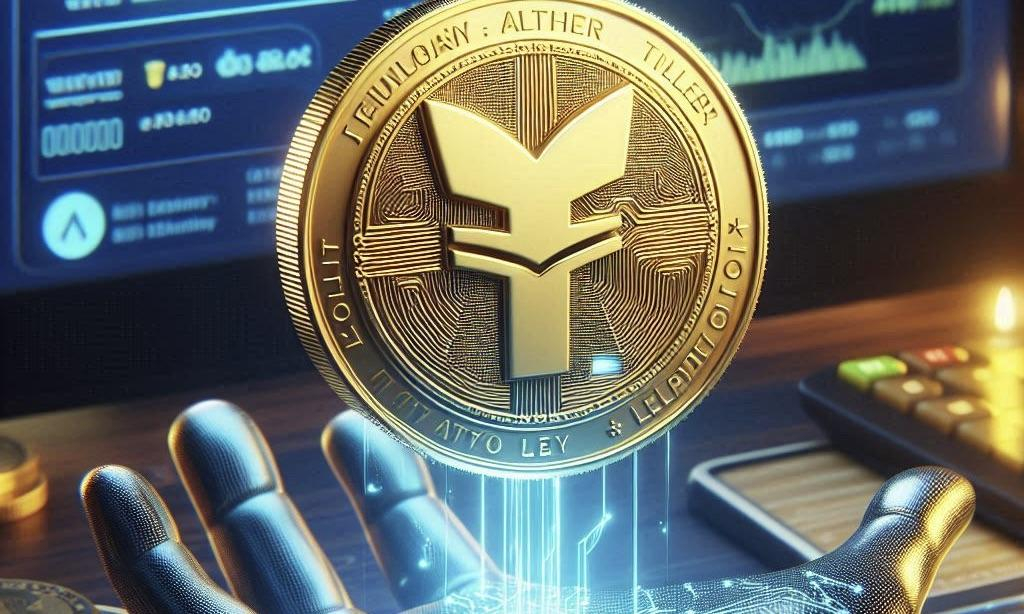
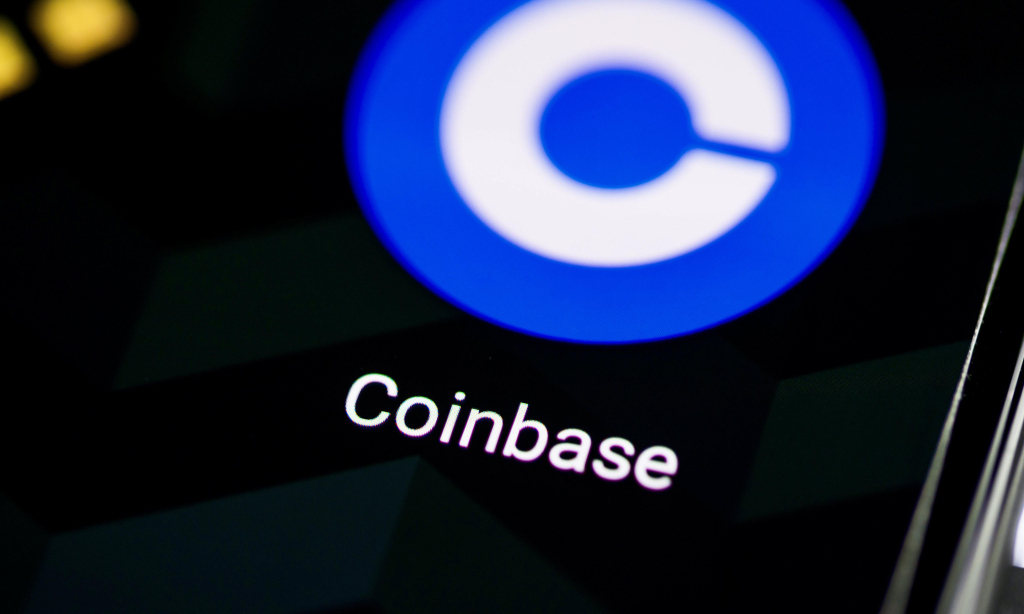



Comment 0